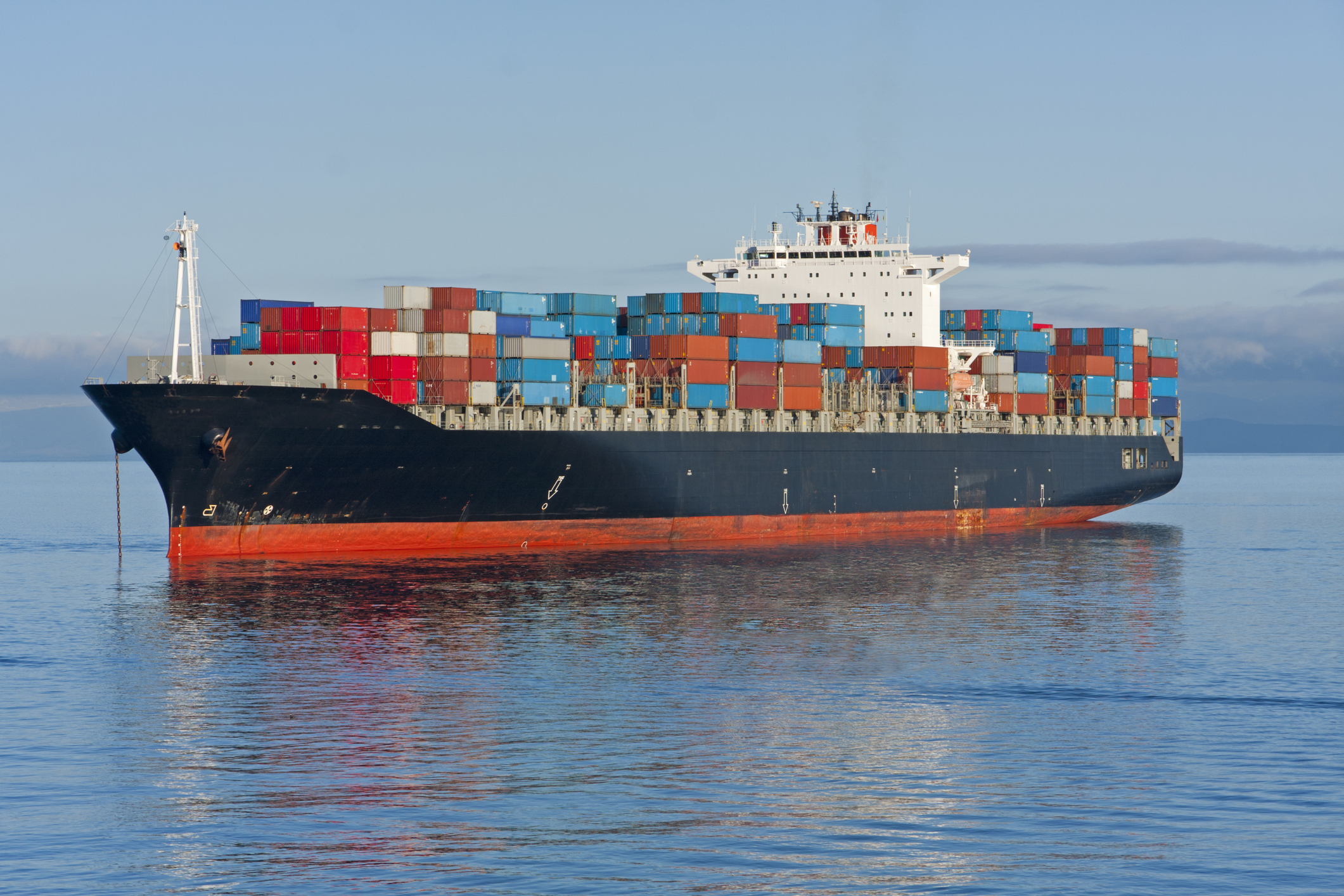Topic of the week: US Import Volumes Expected to Decline through End of 2025
The National Retail Federation (NRF) has announced that US import cargo volumes at major container ports are anticipated to decline steadily through the end of 2025. This decline is attributed to rising tariffs, which have led to a near-record summer peak in import volumes. According to the NRF, the implementation of reciprocal tariffs across the globe, with key trading partners facing tariffs higher than the initial 10% tariffs, is a major contributor to this decline.
According to recent statistics, July import volumes reached 2.36 million twenty-foot equivalent units (TEUs), a 20.1% increase from June and 1.8% higher year-over-year. However, this peak is expected to be short-lived, with August volumes forecast at 2.28 million TEUs, off 1.7% year-over-year. The decline is expected to continue through the rest of the year, with September volumes projected to decline 6.8% year-over-year to 2.12 million TEUs, followed by a 13.2% decline in October and a 19.7% decline in November. December volumes are forecast to decline 20.1% year-over-year to 1.7 million TEUs, the slowest month since March 2023.
The NRF attributes the decline in import volumes to the uncertainty of US trade policy, which is making it challenging for retailers to make long-term plans. This uncertainty is leading to higher costs and prices for American consumers, as retailers are forced to absorb the costs of tariffs and trade disruptions. The NRF estimates that full-year import volumes will decline 3.4% to 24.7 million TEUs, down from 25.5 million TEUs in 2024. January 2026 traffic is forecast to drop 19.1% from the previous-year month to 1.8 million TEUs.
The market implications of this decline are significant. Retailers are advised to adjust their long-term plans and strategies to mitigate the impact of tariffs and trade policy uncertainty. The decline in import volumes is expected to have a ripple effect on the supply chain, leading to higher costs and prices for American consumers. As the US trade policy continues to evolve, it is essential for retailers and businesses to stay informed and adapt to the changing landscape.
Sea:
- Over the last two weeks China/East Asia to North America West Coast spot rates have decreased by 21.2% from $2,744/FEU to $2,162/FEU according to Freightos data.
- China/East Asia to North America East Coast spot rates have risen over the last two weeks, increasing by 18.5% to $3,240/FEU.
- Global container spot prices have risen over the last two weeks, and are now sitting at $2,003/FEU, a 2.2% increase over the last two weeks and a 60% decrease from spot rates this time in 2024 according to the Freightos Baltic Index (FBX)

Air:
- Global Air Freight spot rates currently sit at $2.23, as rates continue to fluctuate according to the Freightos Air Freight Index (FAX)
- Europe to Northern America spot rates currently sit at $1.72 (100-3000kg), says FAX, remaining unchanged.
- Europe to Asia, Greater China spot rates currently sit at $1.15 (100-3000kg), says FAX, increasing by 0.87%.



